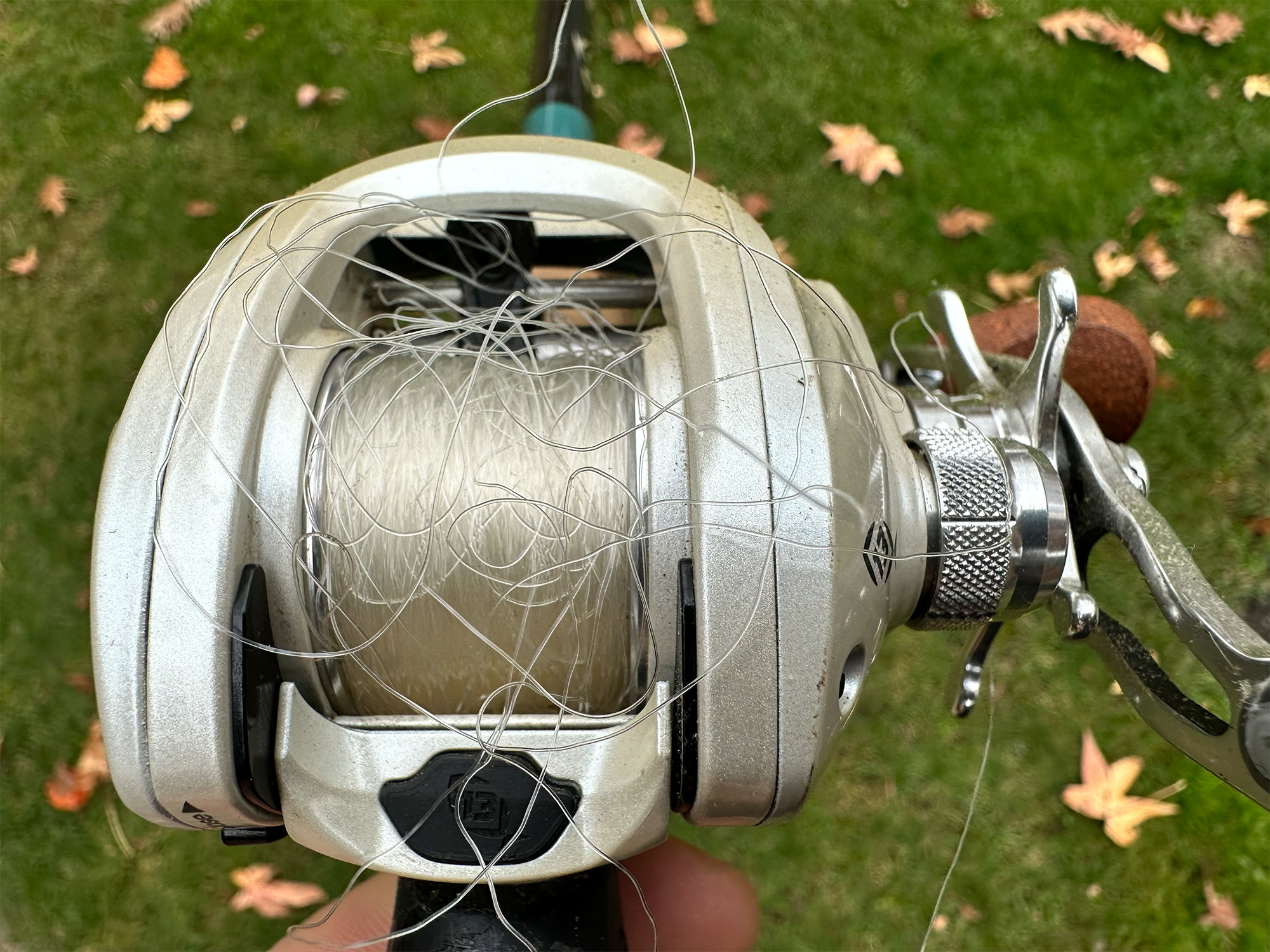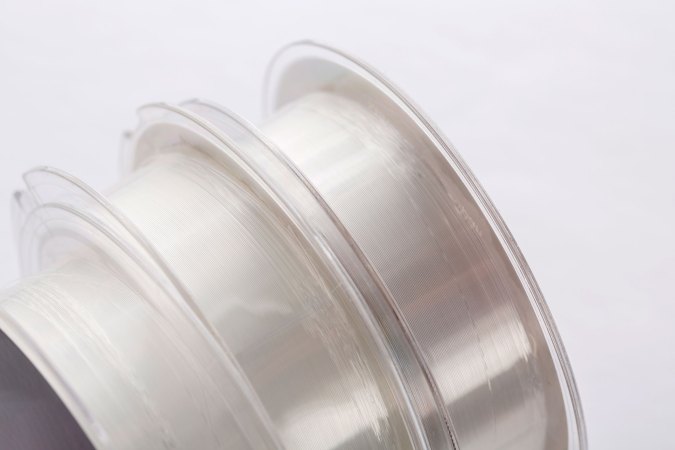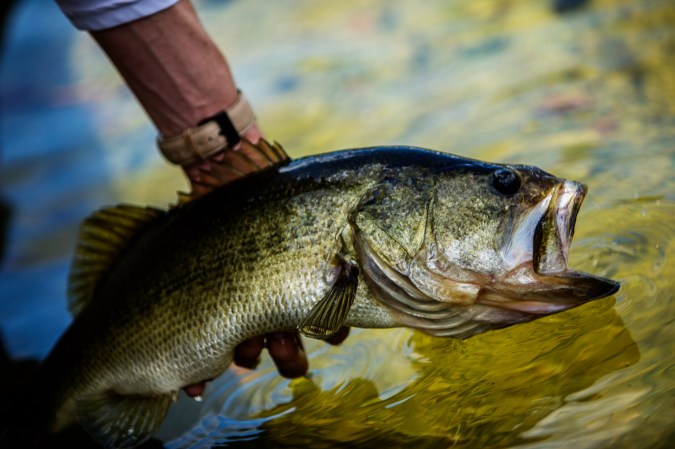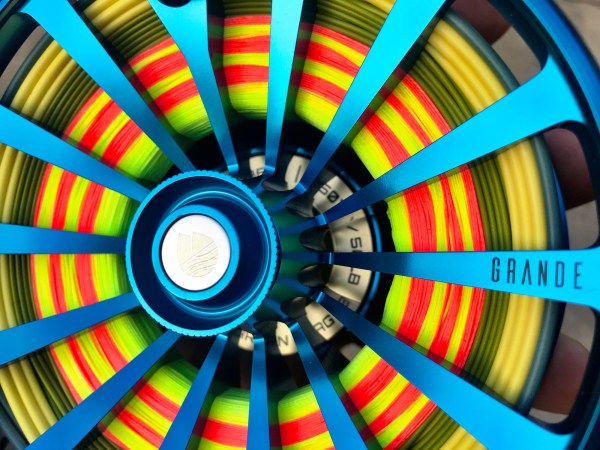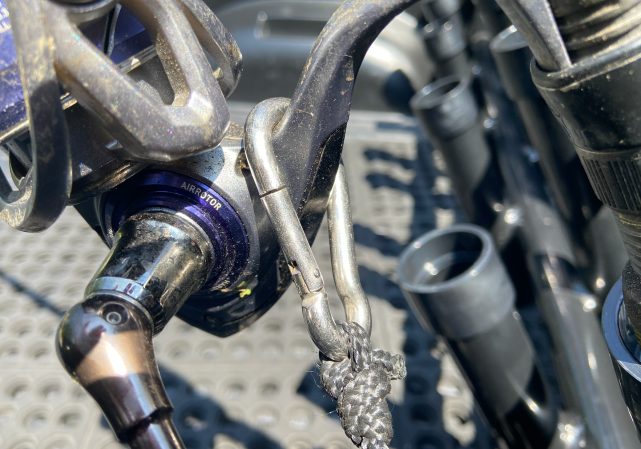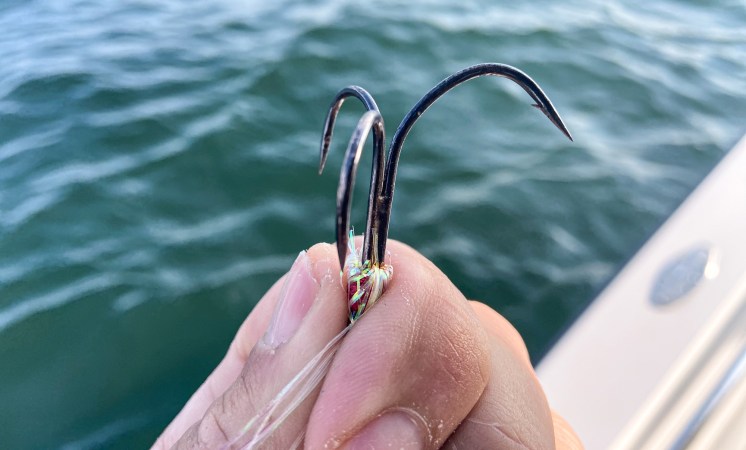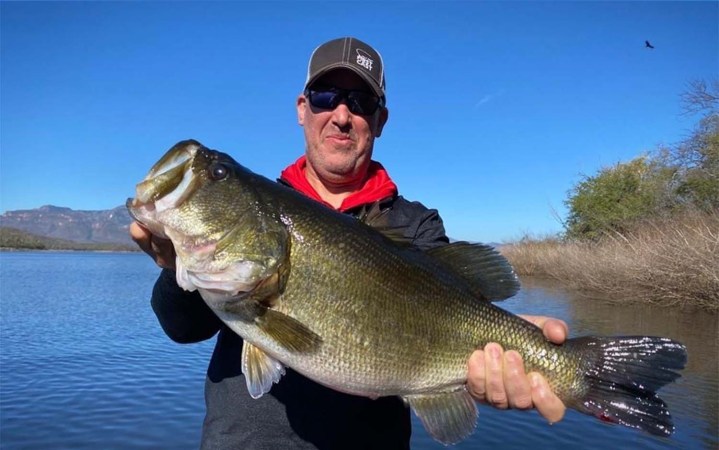Knots, tangles, and line twists are part of fishing. It doesn’t matter how long you’ve been at it; nobody can avoid the dreaded backlash forever. In many cases, the factors that cause tangles are unavoidable. Wind knots, as an example, happen when the breeze imparts extra slack into your line while casting and reeling. Likewise, there’s only so much you can do about strong current twisting your rig around on the bottom. There are, however, several things you can do—mainly before you ever hit the water—that can greatly reduce your odds of dealing with tangles all day. Here are some of the most common mistakes.
You’re Not Packing Your Spool Tightly Enough
You pay for a spool of fresh line, fill your reel, head to the lake, and within a cast or two you’re dealing with loops upon loops spewing from your spool. Has this ever happened to you? It’s likely because you didn’t wind that line on with enough tension. Nothing leads to bird’s nests faster than loosely packed line on your reel, but it’s easily avoided with a little extra effort.
There are several inexpensive spooling devices on the market that allow you to adjust the tension of the line coming off, but while I’ve tried many of them, I trust the feel of my own hands more. When putting monofilament or fluorocarbon on my reels, I prefer to simply pinch the line against the rod blank just behind the first guide and create the necessary tension to get a tight pack. If I’m spooling up with braided line I’ll do the same thing, just with a garden or work glove because braid can cut you.
Whenever I take a fresh spool of line out for the first time, I’ll also tie on a heavy jig or large plug for the first cast regardless of the target species. Reeling against something with weight or drag not only helps straighten the line. It also snugs up the tension on the spool even more. Over time, your line will conform to the spool and lose much of its memory, theoretically causing fewer tangles and knots as it gets more broken in.
You’re Overfilling Your Reel
Maybe it’s because they’re dreaming of a big fish that will pull a few hundred yards of line. I’m not entirely sure, but I commonly see anglers overfill both spinning and baitcasting reels, and it leads to nothing but headaches.
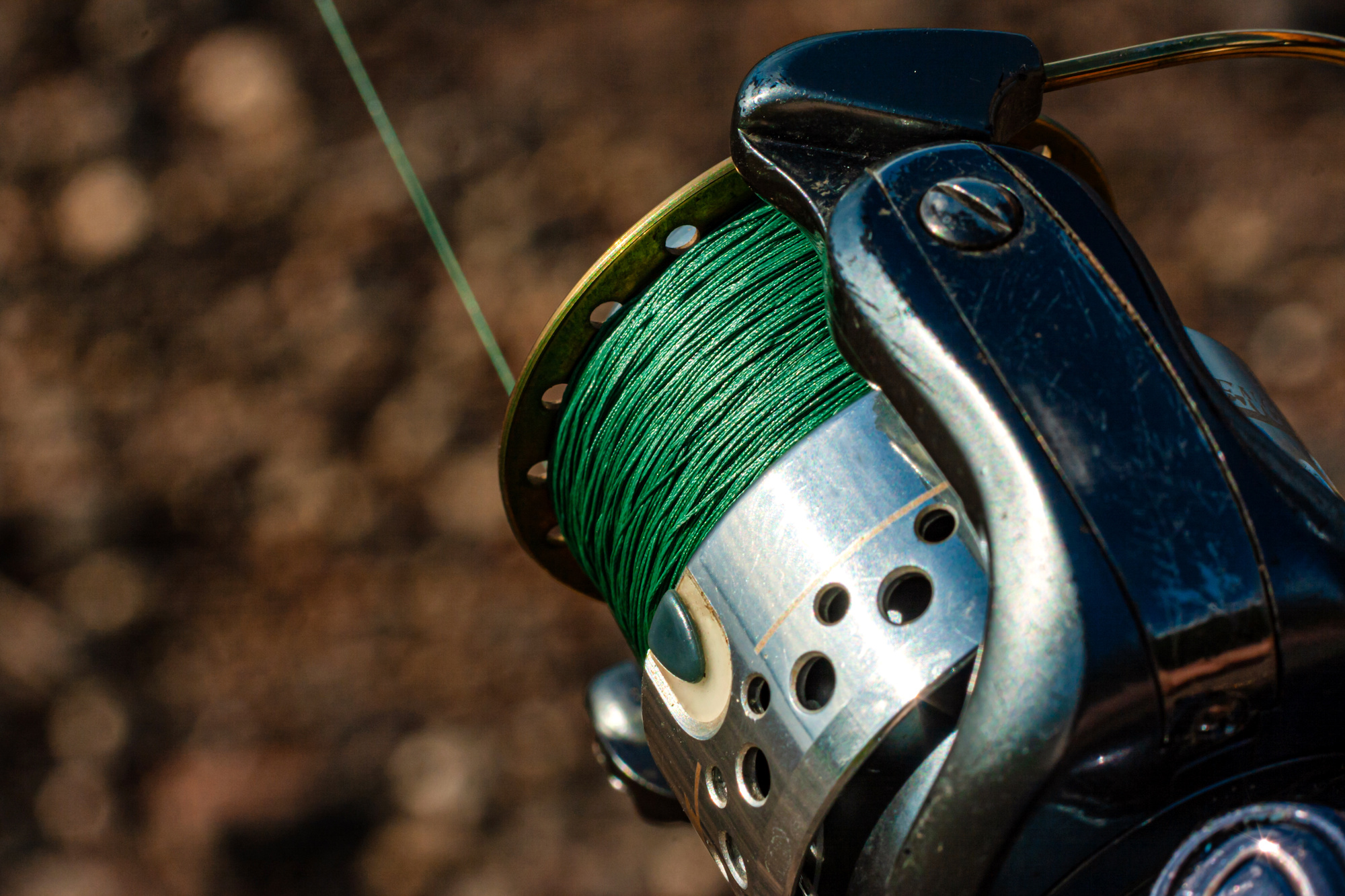
I understand that line isn’t cheap these days, and you want as much of that fresh braid on your reel as possible, but it should never extend past the top lip of a spinning reel spool. If anything, you want a few millimeters of gap between the line and the spool’s rim. Likewise, with baitcasting reels, you never want to fill them so full that no edges of the spool are visible. A few millimeters of bare metal around the edge are ideal.
Reels are simply not designed to accommodate extra line, and in the case of a spinning reel, line that’s not contained within the confines of the spool is likely to fly off in coils and create a huge mess. With baitcasting reels, an overpacked spool can inhibit its ability to spin properly, and if it stops turning mid cast, you’ll have a dandy bird’s nest.
You’re Using the Wrong Size Line
Every reel has a line rating. If it’s not stamped right on the spool, it’s included in the paperwork, and it’ll tell you how much line will fit on the spool based on the line’s diameter. As an example, a small spinning reel designed for trout might hold 200 yards of 2-pound-test, 150 yards of 4-pound-test, and 100 yards of 6-pound-test. But here’s where people get tripped up. Most of the time, reel manufacturers only provide ratings of the lines you’re supposed to use for that reel. They don’t give you an 8- or 10-pound-test rating because that reel may not function properly with anything heavier than 6-pound-test.
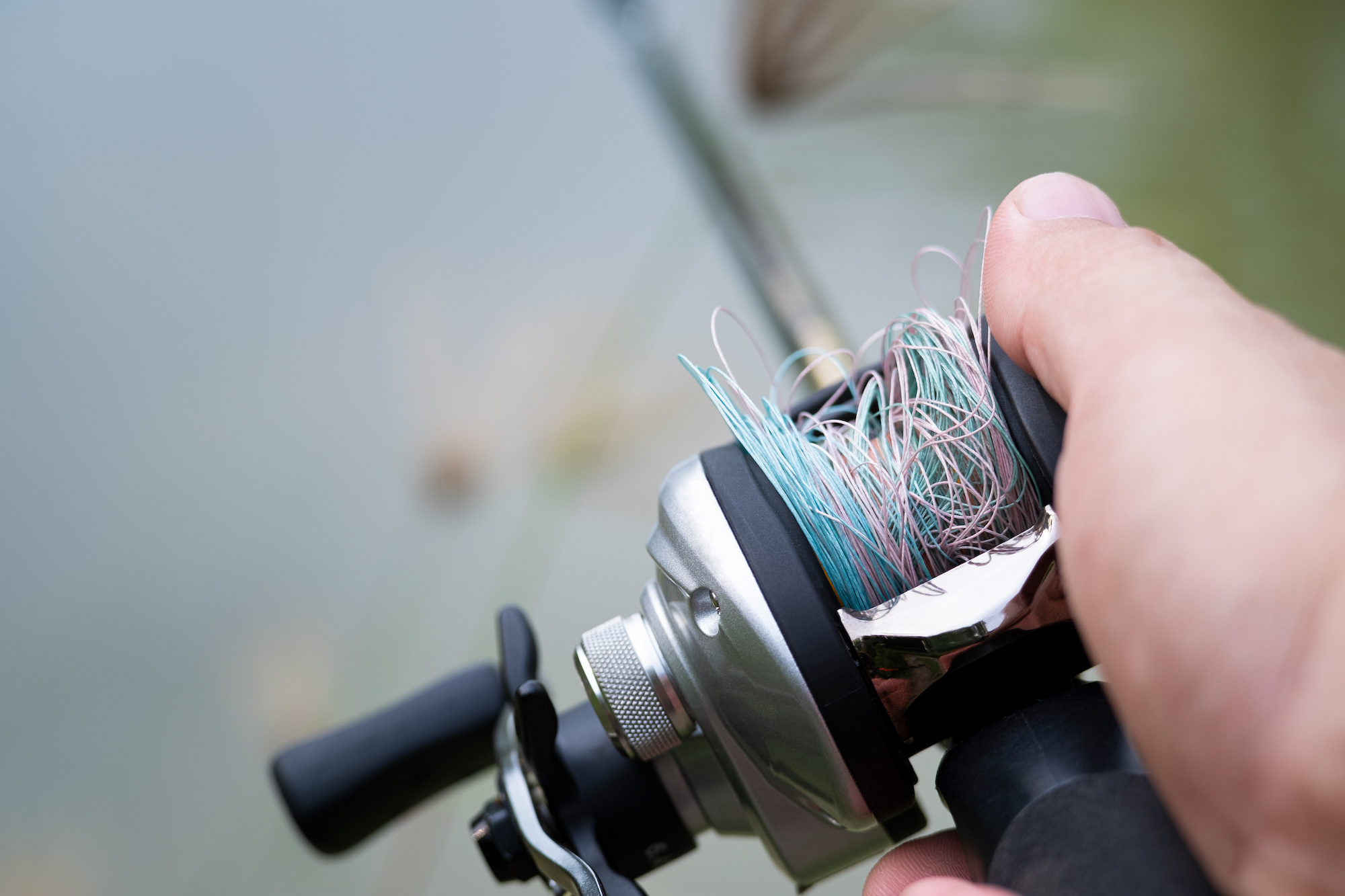
Still, this doesn’t stop people from over- or under-lining their reels, both of which can lead to massive tangles. It’s not that you couldn’t put heavier line on that tiny trout reel. I mean heck, you could put 80-pound braid on that spool. When you cast, though, you’ll likely find that the small bail arm and little spool can’t gather heavy line as efficiently as a lighter line. The result is looping within the spool, plus looser packing, and you’ll be breaking out the scissors in no time.
Likewise, if you were to put ultra-thin, 10-pound braid on a heavier saltwater reel, you might find that it ends up slipping behind the spool or getting caught under the bail hinge because the reel’s parts are designed to accommodate thicker fishing line.
You’re Introducing Line Twist
Have you ever twisted a rubber band with your fingers? Though it can withstand a lot of turns while remaining straight and flexible, eventually it’s going to kink over on itself and spin into a loop. The same thing can happen to your fishing line. While it’s more common with monofilament and fluorocarbon, it can happen with braided line, too.
The two most common ways line gets twisted is from reeling against the drag and using lures that rotate improperly. The former happens less often, though I’ve seen it a lot over the years: Someone ties into a big fish on a spinning outfit, and as the fish is taking line off the reel, the angler keeps winding. The clashing energy of trying to simultaneously pull line off the reel and put it back on creates serious line twist, which is why you should never reel if the drag is engaged.
Read Next: The Best Bass Fishing Tips for Beginners
The latter happens often with lures like in-line spinners. As the spinner rotates, it’s twisting the line all the way from the lure to the reel. To counteract this, tie a small barrel swivel to the end of your line, then run a short leader from the other end of the swivel to the spinner. The swivel will allow the lure to spin freely but it won’t translate the twist to your main line. While line twist in supple braid will often right itself over time, line twist in monofilament can permanently alter its shape. Once it’s kinked up, good luck casting without major knots and tangles.

